Warning Signs and Ways to Prevent Suicide
Some people have trouble understanding why suicide is a risk for many in our society. Nevertheless, it's crucial for all of us to be aware of this serious issue. In this post, we'll examine the warning signs of suicide and some methods of suicide prevention. Let's begin by looking at some troubling facts:
● Suicide claims almost 4,000 lives in Canada each year, according to government statistics.
● Mental illness is a factor in 90 percent of Canadian suicide cases.
● Single males aged 40-59 are especially likely to attempt suicide.
Knowing the warning signs that a person is contemplating ending his or her own life is crucial to preventing suicide. Here are some factors to look out for:
● An abrupt change in mood.
● A recent traumatic event in the person's life, such as losing a loved one.
● Talk of harming or killing oneself.
● Withdrawal from friends, family members, or society in general.
● Seeking to self-medicate with drugs or alcohol.
● Giving away valued possessions for no obvious reason.
● Hostility or coldness toward others.
Here's what you should do if you suspect someone you know is considering suicide:
● Take the risk seriously. The belief that people who talk about suicide never attempt it is a dangerous myth.
● Express your concern for the person in non-confrontational, nonjudgmental ways.
● Keep the person company. If you're unable to spend time with him or her, then arrange for friends or family members to stay near.
● Encourage the person to rid the home of firearms, poisons, or other products that may increase suicide risk. However, you should never advise someone you’re worried about to stop taking prescription medications or to alter dosages.
● Contact authorities if you believe the person is in imminent danger of attempting self-harm.
Here’s what to do if you are currently feeling suicidal:
● Remind yourself that you are not alone in this. There are people ready to help you 24/7.
● Call the National Suicide Prevention Hotline (1-800-273-8255)
● Reach out to a trusted family member, friend, professional, or peer.
● Focus on your reasons for living such as family, friends, children, hopes, dreams, etc.
● Use methods that have helped in the past such as listening to music, journaling, drawing, talking with friends, or doing something you enjoy.
● Once things settle down, create a safety plan.
One risk factor for suicide is a diagnosis of seasonal affective disorder (SAD). Here's what you need to know about this medical condition:
● Up to 3% of Canadians have experienced SAD during their lifetime, according to the Huffington Post.
● SAD is different from the more common seasonal blues many people experience during wintertime. SAD stems from specific physiological causes rather than just a change in the weather.
● SAD can put sufferers at heightened risk of attempting suicide.
The good news is that SAD is treatable, and there are ways you can treat the symptoms right in your own home. Here are some possible options:
● Antidepressant medications prescribed on a seasonal or year-round basis.
● Increasing exposure to natural light.
● Spending time outdoors, either exercising or engaging in other vigorous physical activities such as working around the home.
● Personal counseling or support groups. Sometimes, just having someone to talk to can make a marked difference in the mindset of a SAD sufferer.
● Alarm clocks that use light rather than sound to alert the sleeper. Also known as "dawn simulators," these products mimic the effect of the rising sun.
● Indoor plants. Believe it or not, simply adding a few growing things to the inside environment can help SAD patients to feel better.
● A new paint job. Redoing the home and/or work area in cheery colors can also boost the person's mood.
● Light box therapy. This approach uses a medical product that exposes the patient to bright, full-spectrum lighting for a set period of time each day.
Knowing the warning signs of suicide and of mental conditions like SAD can help all of us to take better care of ourselves and of each other. Please consult a healthcare professional if you or someone you know is suffering from depression or suicidal thoughts.















